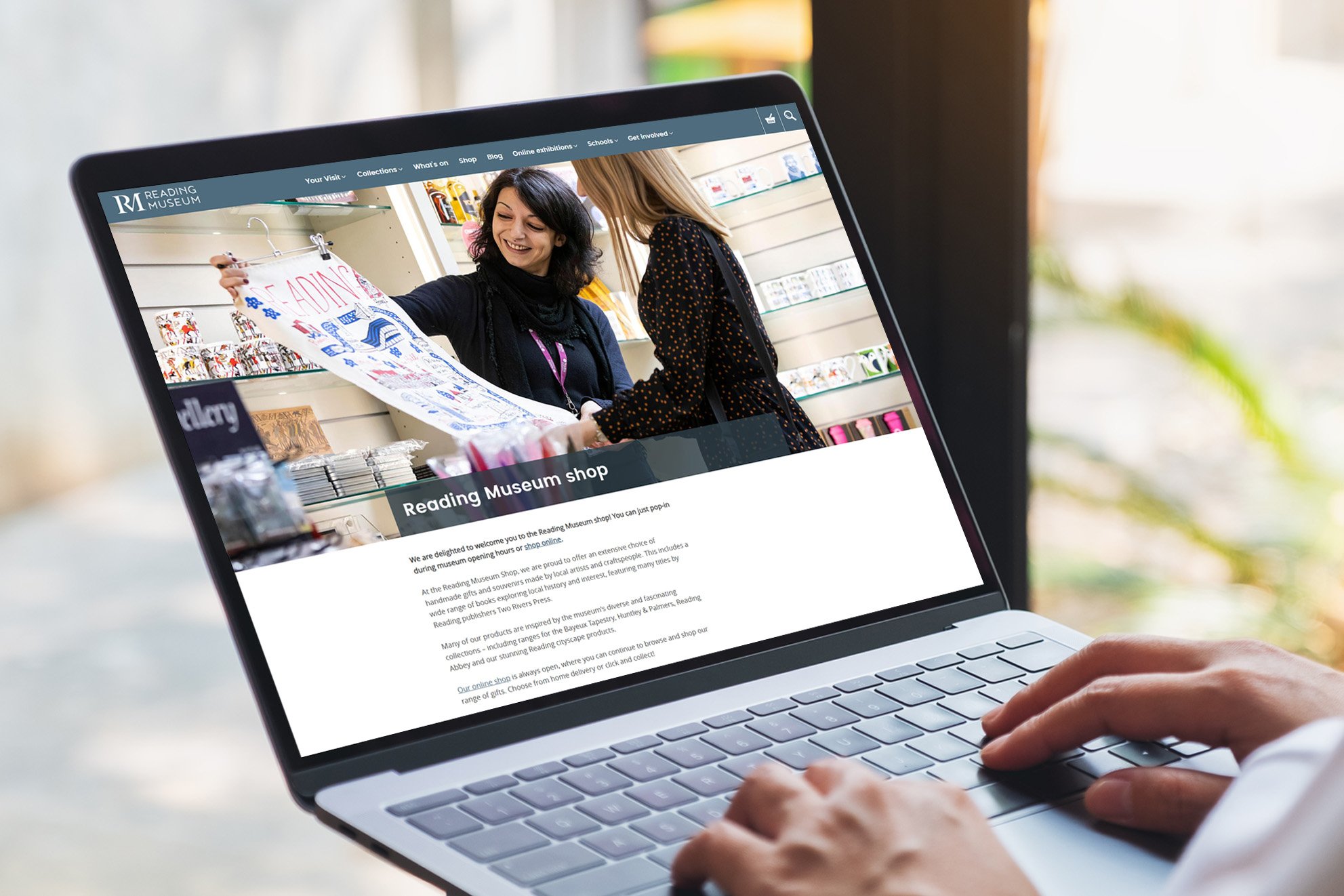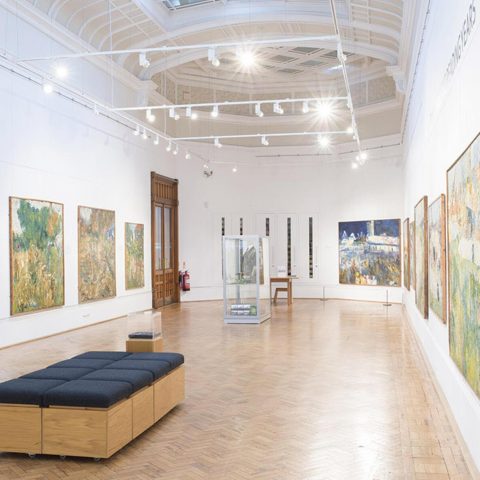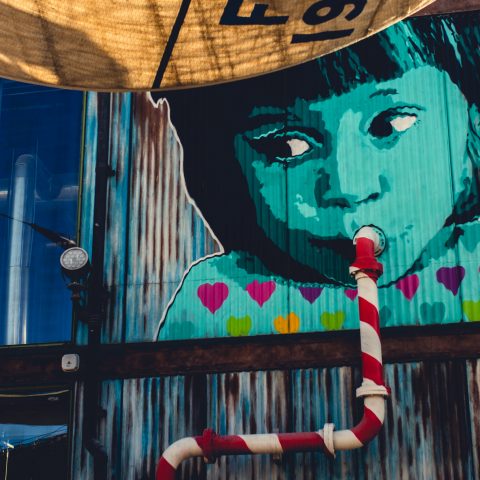The Challenge
The Reading Museum website previously ran on Drupal 7. As this platform was outdated and unsupported, it was no longer secure.
The organisation therefore needed to upgrade to a modern platform. Since this was an upgrade and not a redevelopment project, Drupal 10 was identified as the ideal fit for their requirements.
As the Reading Museum team had existing experience in Drupal, it was familiar so, made the update smooth. Drupal is also scalable, flexible, secure and specifically designed for customisation which aligns with the team’s need to regularly update the site.
The Reading Museum website was a multi-faceted entity, with three instances on one server. This meant the previous website wasn’t working to its best, so we needed to deliver a better-performing, quicker website.
Amanda Matthews, Project Manager, Un.titled
The Solution
As a first step, we reviewed previous discovery work completed by Reading Museum, working closely with the team to build on this and ensure their new website reflected the organisation and their current goals.
We then began the design phase, which centred on bringing the existing design up to modern standards, with faster performance, fewer bugs and a reliable infrastructure. As with all our projects, accessibility was factored into the design, with the key goal to make the design more streamlined. This ensures information is structured, clear, and navigable for all users, regardless of ability.
User experience was another key focus. We reworked the website’s sitemap to enable a smoother and more streamlined user experience. Relevant pages were previously four or five levels deep. We recommend having just three layers of content. Beyond this, users often lose interest and there can be a negative effect on SEO.
Once the design was complete, we started the development phase, which included a content migration and Spektrix integration.
Spektrix is the ticketing platform Reading Museum uses for all their events and is linked to the organisation’s sister websites; What’s on Reading and Reading Town Hall.
We successfully moved everything to Drupal 10, with the new Reading Museum website now running on this platform. Sendgrid is also being used as a mail delivery system, with any information submitted to the website’s contact forms sent via email to the most relevant person or party within the Reading Museum team. This helps the organisation provide relevant information and updates as needed.
With a website of its own, Reading Museum now has a faster and far more reliable site than the previous iteration as there is no longer a fight for resources.
“We have a fantastic partnership with Reading Museum, which is long-standing and testament to the type of relationship we aim to build with our clients. The latest work has resulted once again in a happy client benefiting from a website that delivers more for the end user and built on a stable infrastructure. This work has brought Reading Museum into the modern age, and we are delighted with the results.”

The result
As a result of the Drupal 10 upgrade, we have seen some fantastic results around user engagement including:
- 257% YoY increase in new users
- 178% YoY increase in engaged sessions
We are delighted with Reading Museum’s upgraded website that delivers a vastly improved user experience for both staff and customers. Content is easier to find, while the whole website is faster and more reliable, delivering year-on-year increases in both user numbers and engagement. Reading Museum now has great platform from which to grow its digital audiences.
Matt Williams , Museum Manager, Reading Museum
Next steps
Moving forward, we plan to work on a Spektrix upgrade across the Reading Museum and What’s on Reading websites. This will allow these organisations to harness the latest ticketing technology to cater to their respective audiences and secure ongoing revenue.



